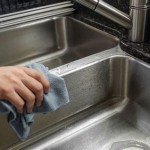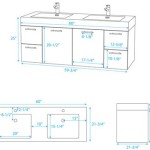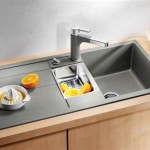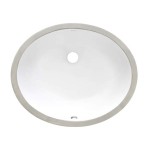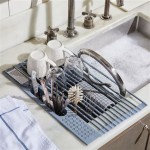Grease Trap For Kitchen Sink
A grease trap is a device that intercepts and prevents grease and other solids from entering a drainage system. It is typically installed under a kitchen sink or in the basement of a building. Grease traps work by allowing wastewater to flow through a series of chambers, where the grease and solids are separated from the water. The grease and solids are then stored in the trap until they can be removed and disposed of properly.
How Grease Traps Work
Grease traps work by using a combination of gravity and buoyancy to separate grease and solids from water. Wastewater from the kitchen sink enters the grease trap and flows through a series of chambers. The first chamber is typically a settling chamber, where the grease and solids settle to the bottom of the trap. The second chamber is a skimming chamber, where the grease and solids are skimmed off the top of the water. The third chamber is a discharge chamber, where the water is discharged to the drainage system.
Benefits of Using a Grease Trap
There are many benefits to using a grease trap in your kitchen. Grease traps can help to prevent grease and solids from clogging your drains and causing backups. They can also help to protect your septic system from damage. Grease traps can also help to reduce the amount of grease and solids that are discharged into the environment. This can help to protect water quality and aquatic life.
Types of Grease Traps
There are two main types of grease traps: passive grease traps and active grease traps. Passive grease traps rely solely on gravity and buoyancy to separate grease and solids from water. Active grease traps use a combination of gravity, buoyancy, and mechanical devices to separate grease and solids from water. Active grease traps are typically more effective than passive grease traps, but they also require more maintenance.
How to Choose the Right Grease Trap
There are a few things to consider when choosing a grease trap for your kitchen. The size of the grease trap will depend on the amount of wastewater that is generated by your kitchen. The type of grease trap will depend on your budget and the amount of maintenance that you are willing to perform. If you have a large kitchen that generates a lot of wastewater, you will need a larger grease trap. If you are on a budget, you may want to choose a passive grease trap. If you are willing to perform more maintenance, you may want to choose an active grease trap.
How to Install a Grease Trap
Grease traps are typically installed by a plumber. The plumber will connect the grease trap to the drainpipe from your kitchen sink. The plumber will also need to make sure that the grease trap is level and that it is vented properly. Once the grease trap is installed, you will need to maintain it regularly. This involves removing the grease and solids from the trap and cleaning the trap with a degreaser.
Conclusion
Grease traps are an important part of any kitchen drainage system. They help to prevent grease and solids from clogging drains and causing backups. They can also help to protect septic systems from damage and reduce the amount of grease and solids that are discharged into the environment. If you do not have a grease trap in your kitchen, you should consider installing one.

What Is A Grease Trap And How To Install In Your Home

Compact Grease Traps

Diy How To Install A Grease Trap

Five Must Knows For Kitchen Grease Trap Maintenance Modern Restaurant Management The Business Of Eating News

Trapzilla What Is A Grease Trap

Grease Interceptor Trap Solutions Restaurants Jay R Smith Mfg Co

How To Clean A Restaurant Grease Trap Step By

Why Should You Have Grease Trap Installation Septic Connection

Free Shipping Vevor Grease Interceptor 4 Gpm Trap 8 Lb Carbon Steel With Side Water Inlet Under Sink For Restaurant Factory Home Kitchen

The Importance Of Grease Trap In Kitchen Maintenance
